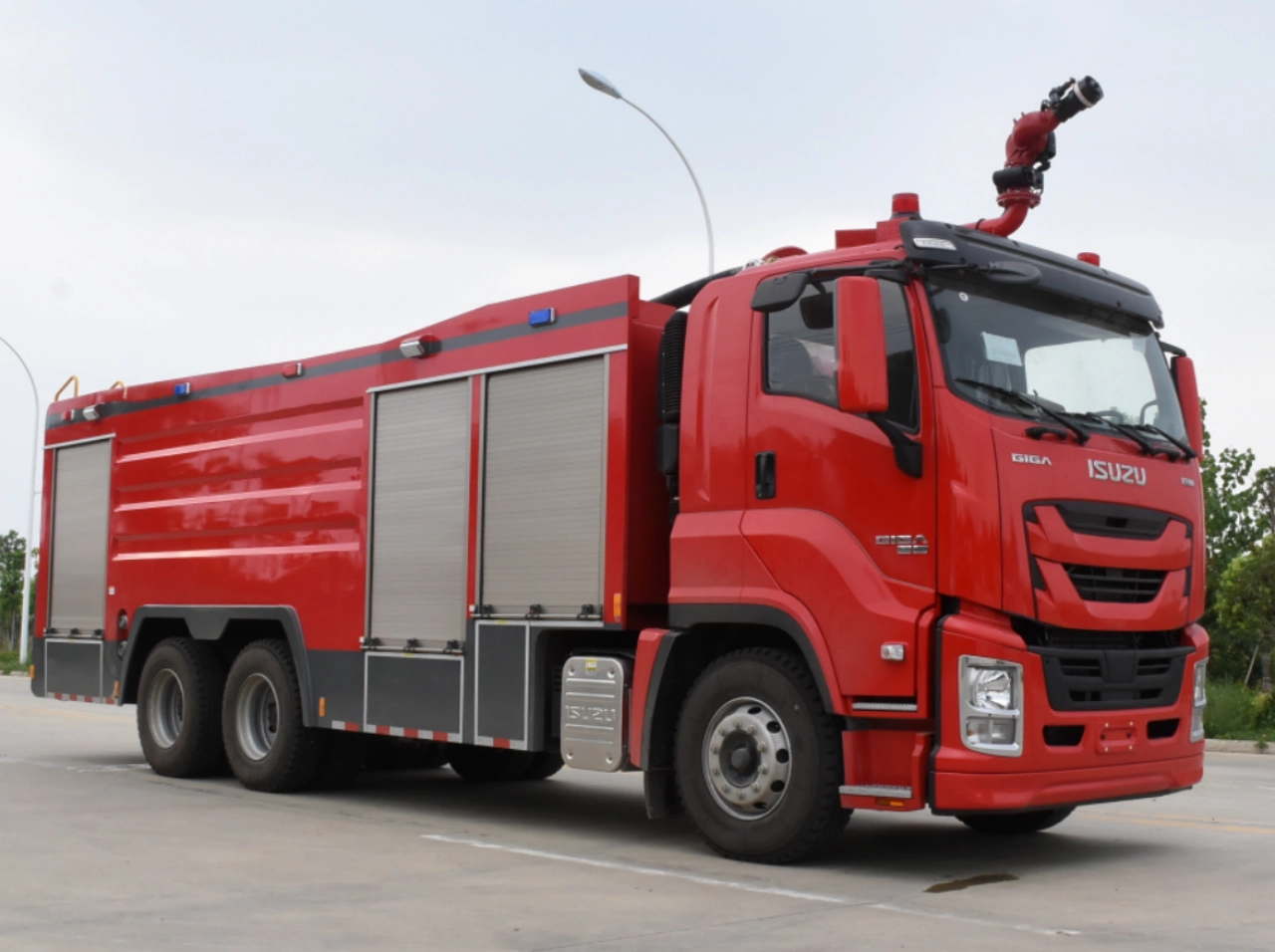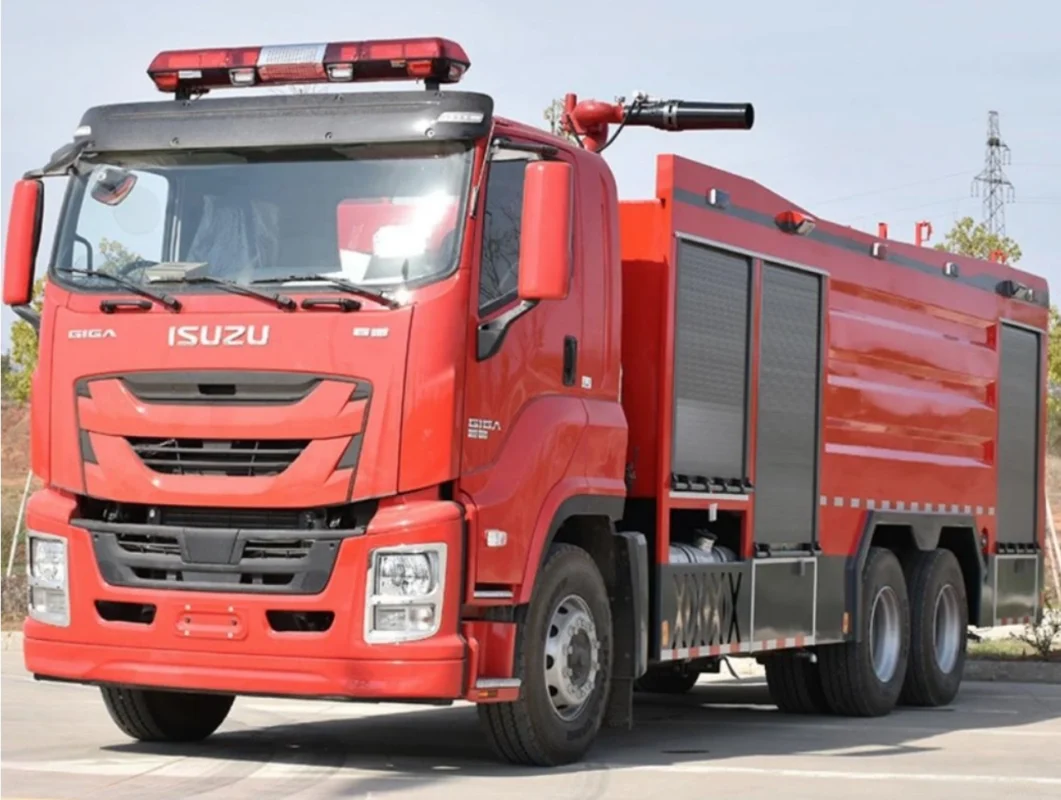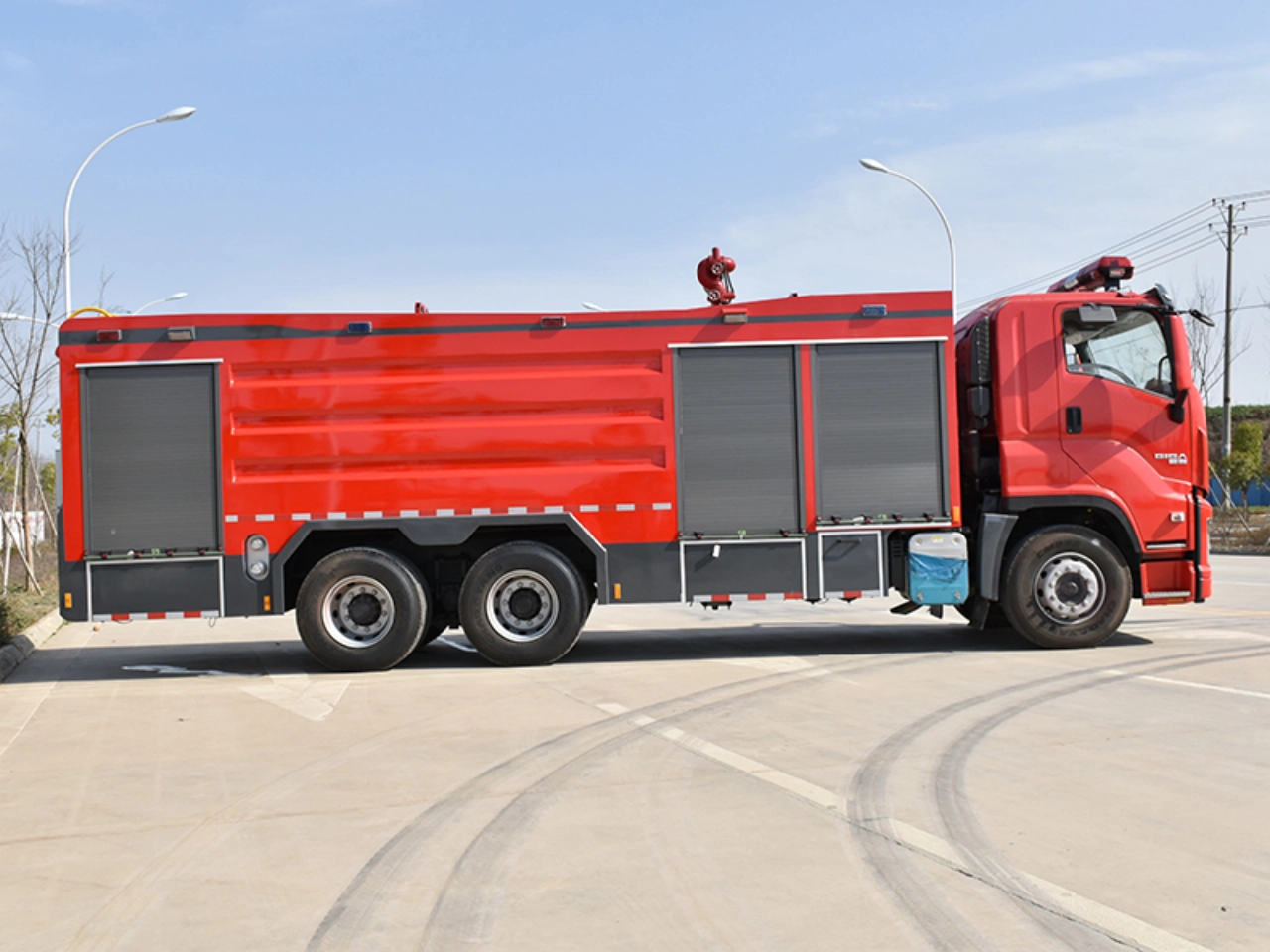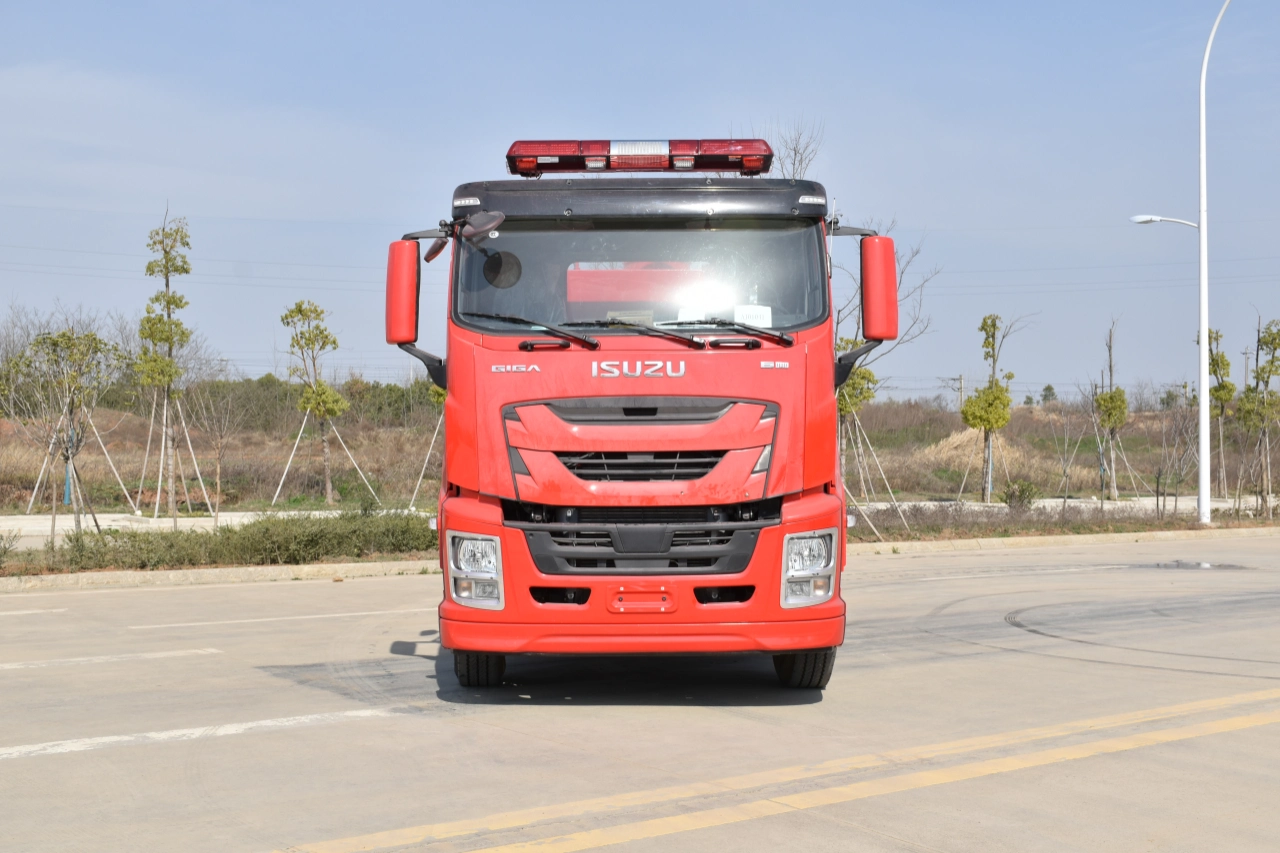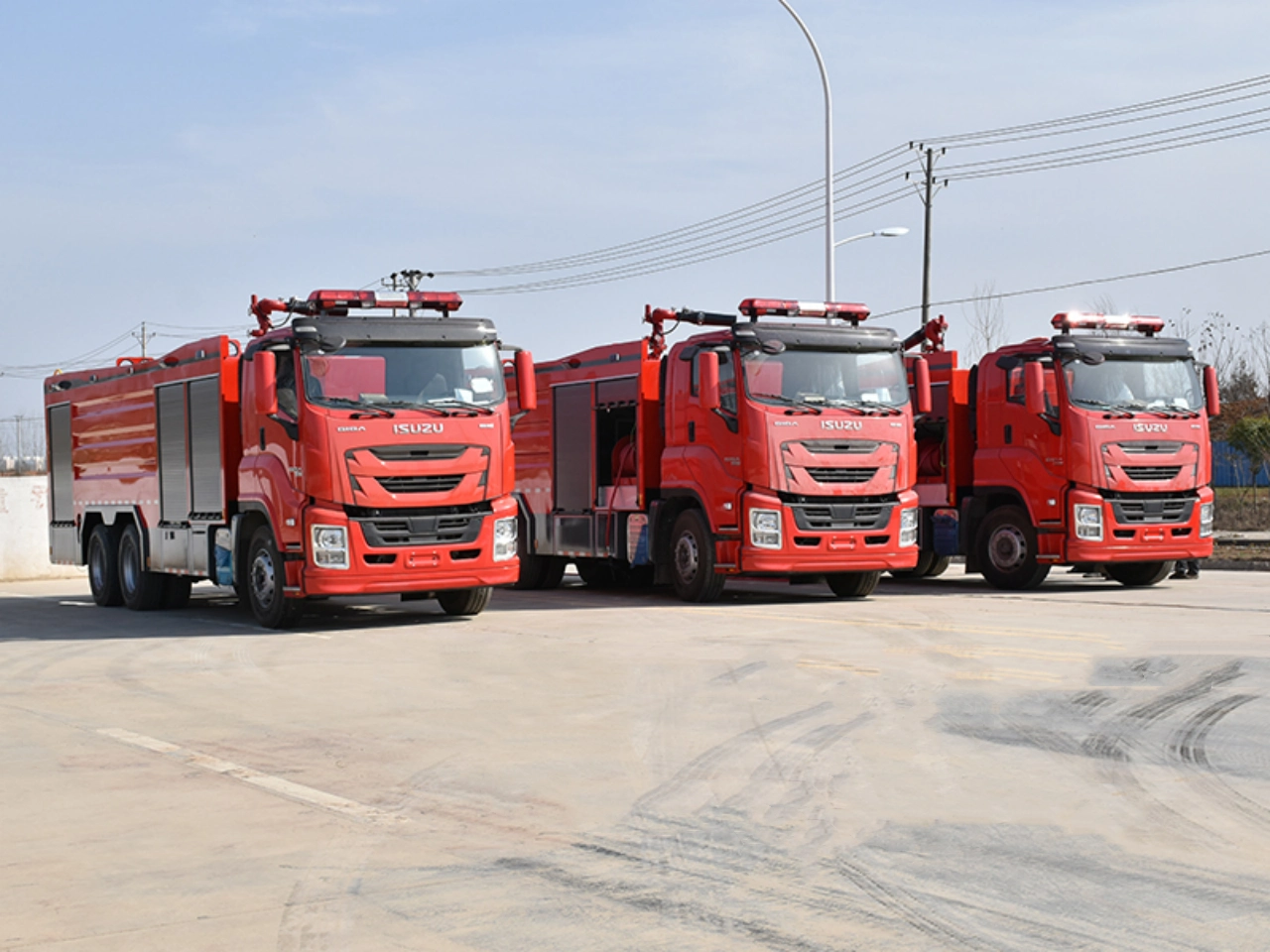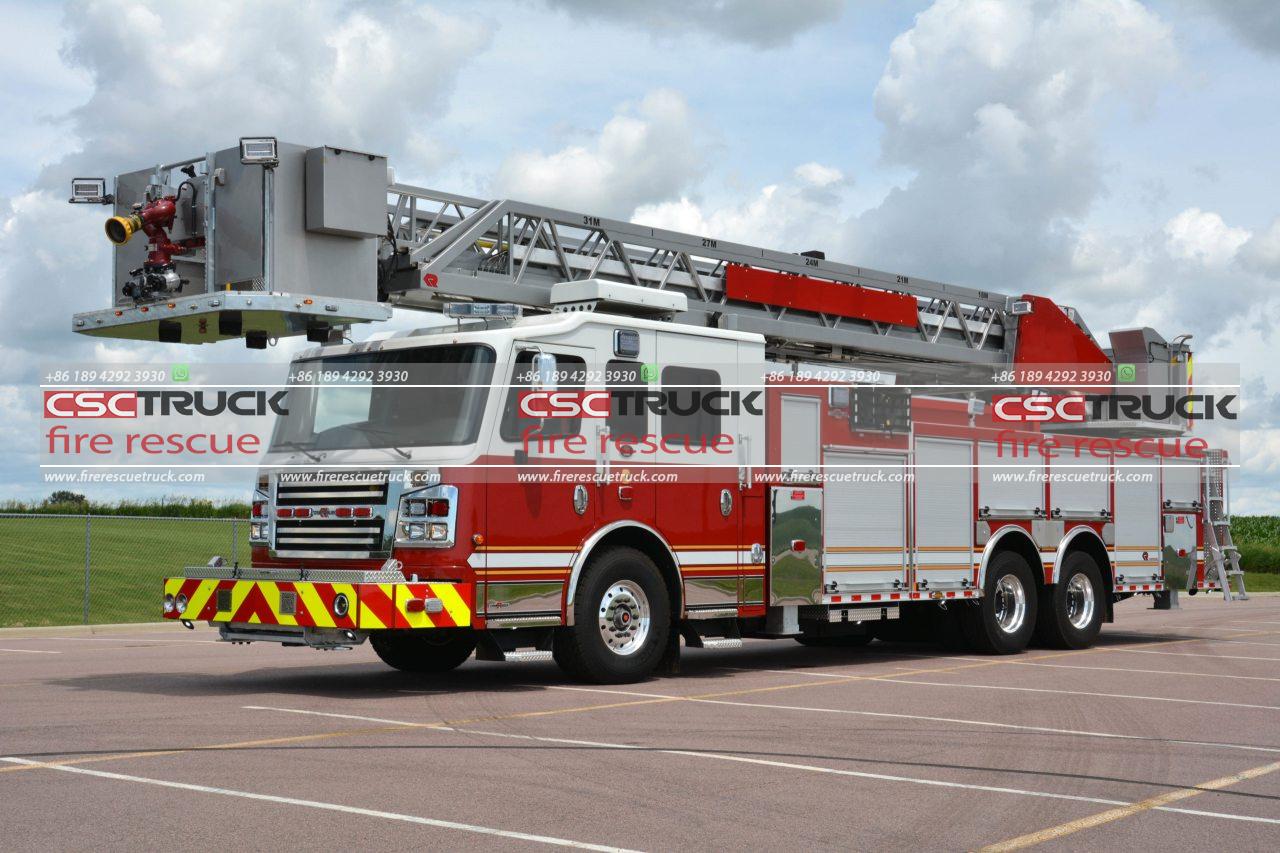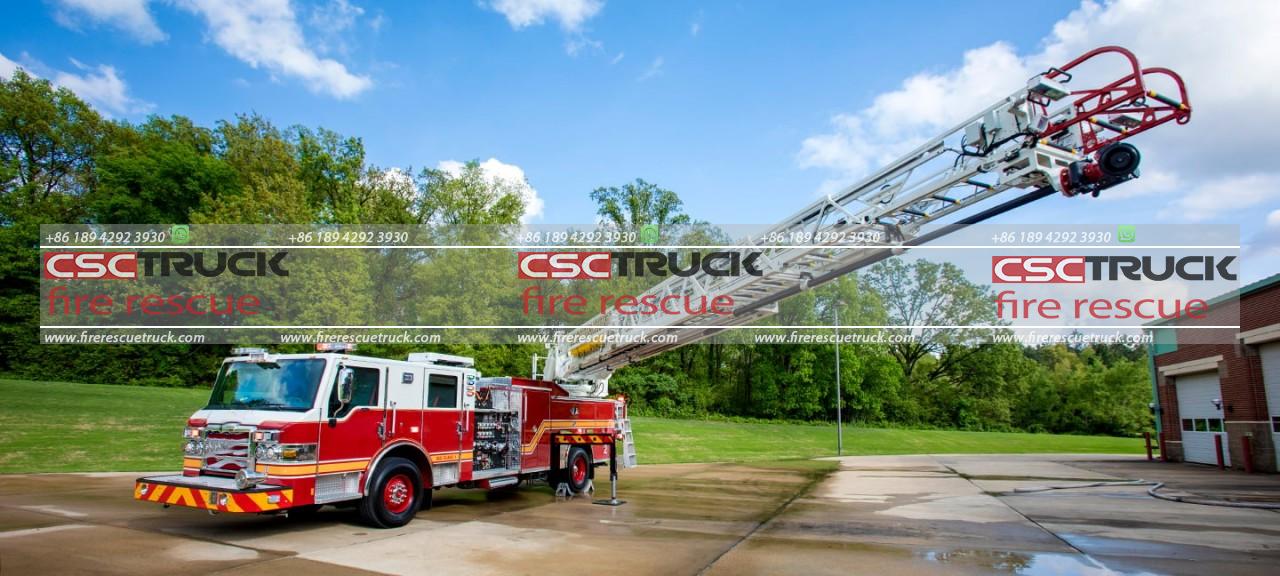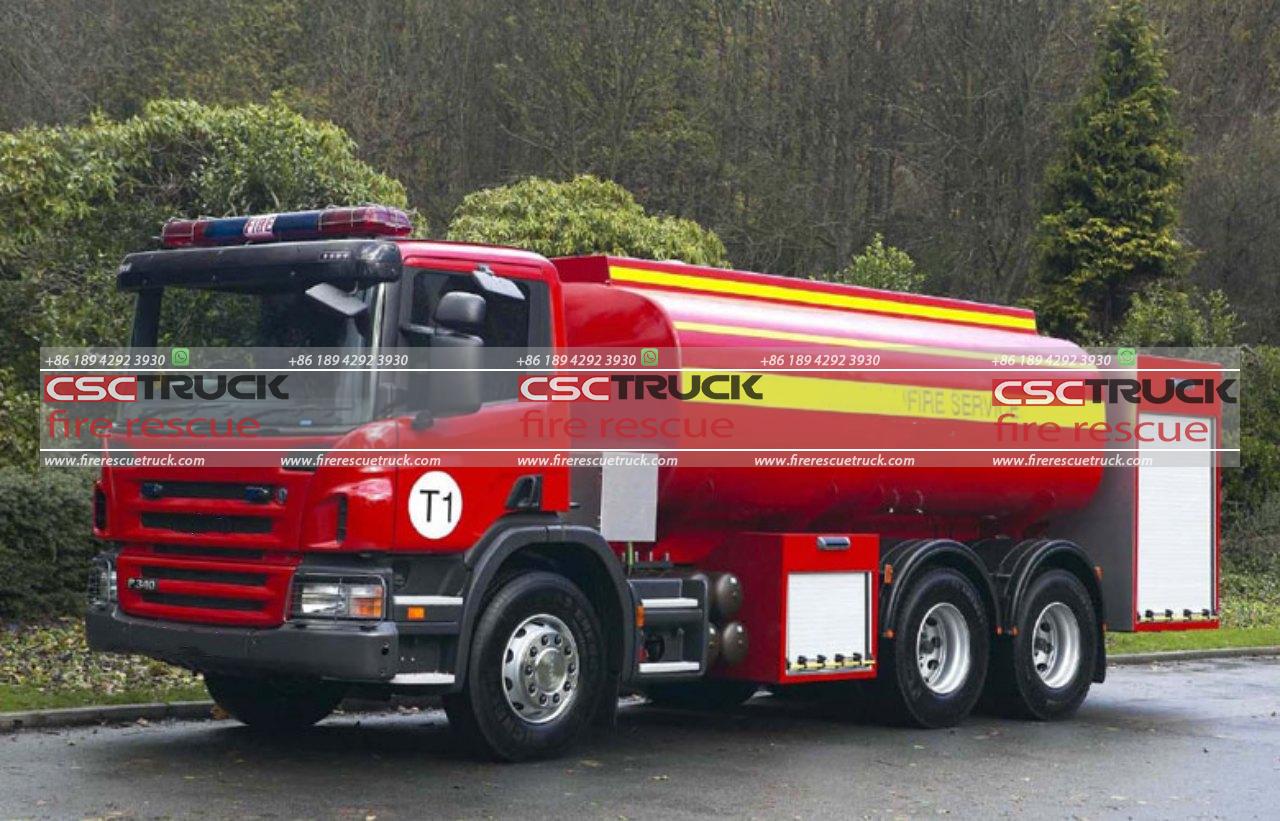Fire trucks are critical components of emergency response systems, designed not only to transport firefighters and equipment but also to deliver water to the scene of a fire. One of the most frequently asked questions about these specialized vehicles is: How big is the water tank on a fire truck? The answer to this question depends on several factors, including the type of fire truck, its intended use, local regulations, and regional geography. This article explores the capacity of water tanks on fire trucks, the different types of fire apparatus, and how tank size influences firefighting operations.
Understanding the Role of Water in Firefighting
Water remains the most commonly used extinguishing agent in firefighting, especially for Class A fires involving wood, paper, or fabric. Quick access to a reliable water supply is essential for controlling and extinguishing these fires. In urban areas with dense hydrant networks, fire trucks often rely on these sources rather than onboard water. However, in rural or remote regions where hydrants are sparse or nonexistent, fire trucks must carry enough water to initiate suppression efforts immediately upon arrival.
Types of Fire Trucks and Their Water Tank Capacities
There isn’t a one-size-fits-all answer when it comes to water tank sizes on fire trucks because the capacity varies widely based on the vehicle’s purpose and configuration. Here are the most common types of fire trucks and their typical water tank capacities:
1. Pumper Trucks (Engine Trucks)
Also known simply as fire engines, these are the most recognizable type of fire apparatus. They are primarily equipped to pump water and carry essential hoses and firefighting gear.
- Typical Water Tank Size: 500 to 1,000 gallons (1,900 to 3,800 liters)
- Use Case: Designed for rapid response to structural fires, vehicle fires, and small wildfires.
- Key Feature: Pump capacity typically ranges from 1,000 to 2,000 gallons per minute (GPM), enabling efficient deployment of water from either the onboard tank or an external source, such as a hydrant.
2. Tanker Trucks (Water Tenders)
These vehicles are designed specifically for transporting large volumes of water to fire scenes, especially in areas without municipal water systems.
- Typical Water Tank Size: 1,500 to 5,000 gallons (5,700 to 18,900 liters)
- Use Case: Common in rural and suburban firefighting operations.
- Key Feature: Many are equipped with rapid dump valves to quickly transfer water into portable tanks for use by pumpers.
3. Wildland Fire Engines
Used primarily for fighting wildfires, these trucks are smaller, more maneuverable, and designed to travel over rugged terrain.
- Typical Water Tank Size: 200 to 800 gallons (750 to 3,000 liters)
- Use Case: Effective for suppressing brush fires and forest fires where access is limited.
- Key Feature: Lightweight design to allow better mobility in remote areas.
4. Quints
A combination vehicle that provides five functions: Pump, water tank, fire hose, aerial ladder, and ground ladders.
- Typical Water Tank Size: 300 to 500 gallons (1,100 to 1,900 liters)
- Use Case: Suitable for departments with limited resources that need a multifunctional apparatus.
- Key Feature: Quints offer versatility in urban firefighting environments, balancing pumping capability and aerial access.
Factors That Influence Water Tank Size
Several factors play a role in determining the appropriate tank size for a fire truck:
1. Response Environment
Urban fire departments can rely more on hydrants, so smaller tanks suffice. Conversely, departments covering rural areas often require larger tank capacities due to the absence of pressurized water sources.
2. Mission Scope
Fire departments may deploy specialized vehicles for different emergencies. A tanker truck might follow a pumper to the scene in areas without hydrants, offering a steady supply of water.
3. Weight and Size Limits
Fire trucks must comply with road weight regulations and design limitations. Water is heavy—about 8.34 pounds per gallon—so a 2,000-gallon tank adds over 16,000 pounds (7,257 kg) to a vehicle’s load. Engineers must balance tank size with the structural and safety limits of the chassis.
4. Pump Performance
Water tank capacity is only useful if the truck’s pump can deliver it effectively. A high-capacity pump ensures that the water can be applied quickly and under the appropriate pressure.
Water Supply Strategies Beyond the Tank
Because even a 1,000-gallon tank can be emptied in just minutes during a high-flow operation, fire departments employ various tactics to ensure a continuous water supply:
1. Relay Pumping
Involves multiple fire trucks stationed between a distant water source and the fire scene, each relaying water to the next. This method is useful when long hoses are impractical due to distance or terrain.
2. Portable Water Tanks
Tanker trucks can dump water into collapsible portable tanks, which are then used by pumper trucks to draw water as needed.
3. Drafting from Natural Sources
In rural settings, fire trucks may draft water from lakes, ponds, or streams using a hard suction hose and specialized pumps.
Innovations in Water Tank Design
Modern fire trucks are evolving to meet the growing demands of emergency services. Innovations in tank construction and materials contribute to more efficient and reliable firefighting apparatus:
- Polypropylene and Fiberglass Tanks: Lightweight, corrosion-resistant, and durable under pressure.
- Baffling Systems: Internal baffles reduce water movement during transit, improving vehicle stability.
- Smart Sensors: Integrated sensors monitor water levels and usage in real-time, helping crews manage supplies during prolonged incidents.
Conclusion
The size of the water tank on a fire truck varies significantly depending on the vehicle’s type and intended purpose. Standard pumper trucks typically carry 500 to 1,000 gallons, while tanker trucks can transport up to 5,000 gallons or more. Factors such as location, infrastructure, fire risk, and departmental strategy all influence the selection of fire trucks with specific tank capacities. Ultimately, while the tank is a vital component, it is part of a larger system of water supply and fire suppression strategies that enable firefighters to protect lives and property effectively.
Whether in a city served by a robust hydrant system or in remote terrain miles from the nearest water source, fire trucks are engineered to deliver water where it’s needed most—swiftly and effectively. Understanding how tank size fits into this equation reveals just how thoughtfully these machines are designed to serve their communities.
